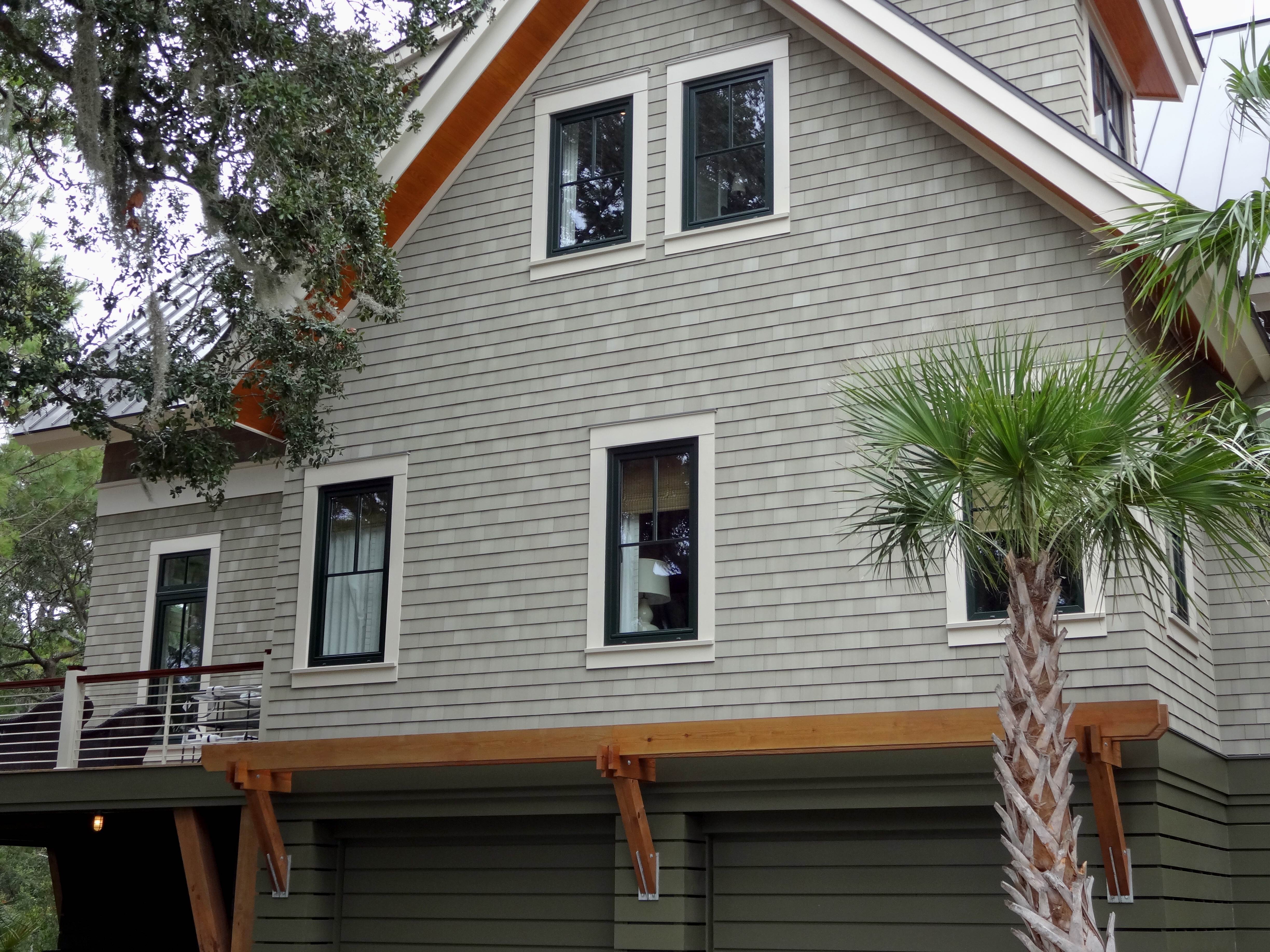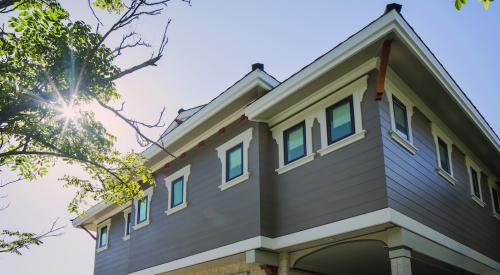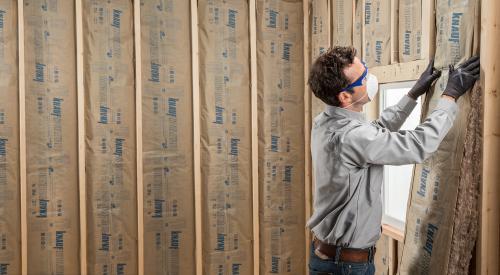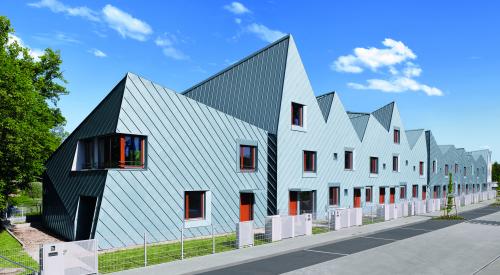Vinyl siding still gets a bad rap, despite recent environmental impact studies suggesting it isn’t as bad for the planet as once thought. And alternative cladding options continue to grab market share.
Vinyl siding still dominates the siding market, but for those who want an alternative, options exist. Products are available in a wide range of materials, colors, and systems.
Made from steel, aluminum, polymers, fiber-reinforced concrete and wood composites, today’s vinyl siding alternatives feature easy installation, low maintenance, and protection from extreme weather, offering contractors and homeowners a bevy of cladding options designed to mimic natural wood, brick, and stone without the associated upkeep.

The manufacturer says this is the first individual mortarless stone veneer that can be installed with common tools. Featuring a no-mortar, no-mess installation, the products offers various profiles and a variety of colors interior to exterior applications.
Stone veneers, in particular, provide an alternative to traditional masonry and can be installed like traditional vinyl siding without the need for mortar, while providing enhanced performance benefits to the building envelope.
“Eliminating the use of mortar makes panelized stone veneer installation accessible for not only the typical siding contractor but also the DIY audience,” says CertainTeed director of architectural stone cladding Amit Sachdeva.
The incorporation of a rainscreen into stone and brick veneer panels can provide moisture management and ample drainage from top to bottom, while masonry veneers can also provide additional structural support to the home.
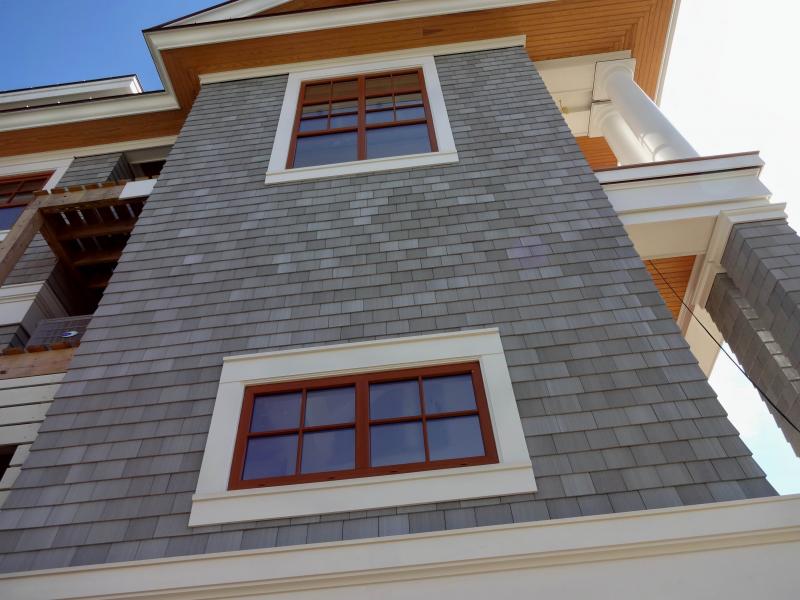
It looks like real cedar, but it’s not real cedar. Made from cellular PVC, NuCedar shingles are milled in a modern-day sawmill and have the same character and warm texture as wood, the manufacturer says. Brushing patterns produce different color and shading appearance on each shingle, allowing installers to create a quilt-like effect on the exterior of a home. No two shingles look the same. Shingles come in 13- and 18-inch lengths and 13 colors.
“Rainscreens prevent potential structural damage and mold, which are a common occurrence when masonry products are installed without a well-defined drainage space,” Sachdeva says. “Stone veneer is also a smart investment. When it’s time to sell, it has proven to benefit from one of the highest returns of any major remodeling project.”
Veneers are also on trend with the larger format, darker, natural looks that many homeowners are adopting. “The darker color and synthetic versions of traditional products are on trend in my opinion,” says Ben Skoog, vice president of sales and marketing at Arcitell, manufacturer of QORA composite siding. “The mixing of cladding materials remains on trend, as well, and may have just become the norm at this point.”
Whether or not vinyl siding eventually gets pulled back into the mix of cladding options in a big way remains to be seen, but until then, residential construction pros have plenty of options at their disposal.
Vinyl Siding Alternatives
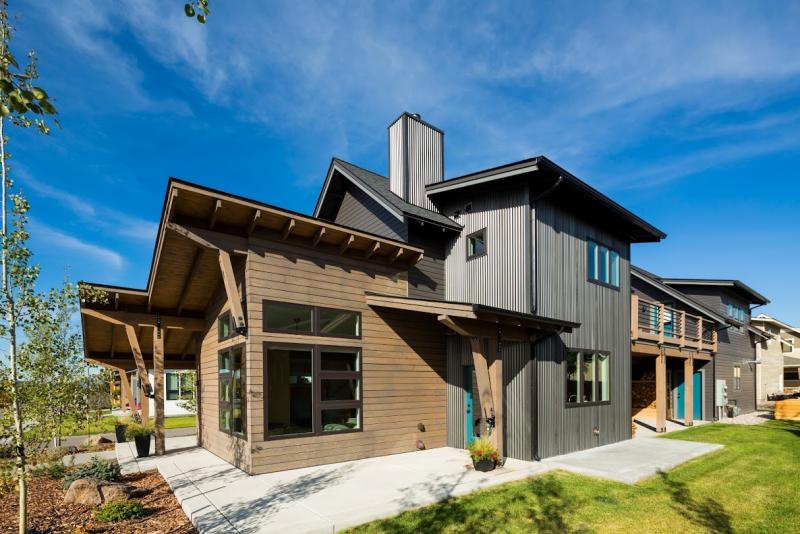
Corrugated steel siding is available in traditional ¾” panels or in a variety of batten, rib siding, and flat panel options. Steel offers superior durability, will weather over time or can be ordered direct with over 100 finishes.
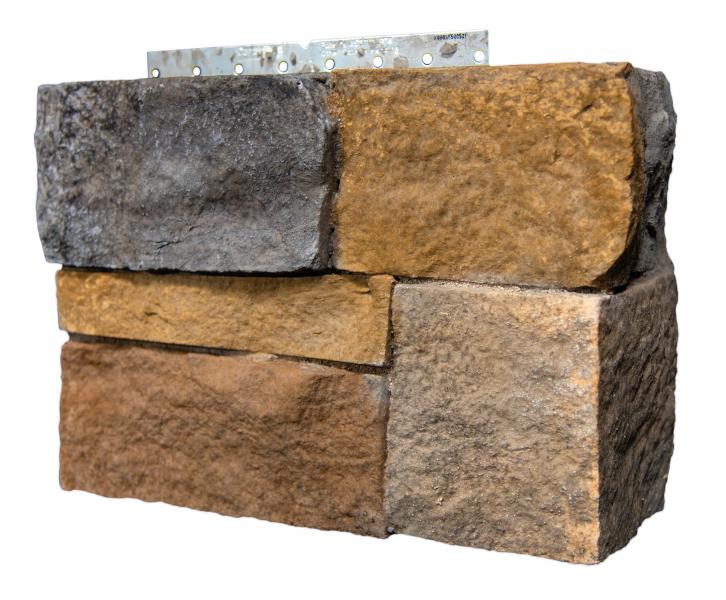
Certainteed’s STONEfacade stone veneer features an integrated rainscreen and is available in 8” high panels that are either 10", 14" or 24" wide. Perimeter edges are beveled to hide the substrate for a more attractive appearance. Hand painted finishes provide a variety of natural stone profiles.
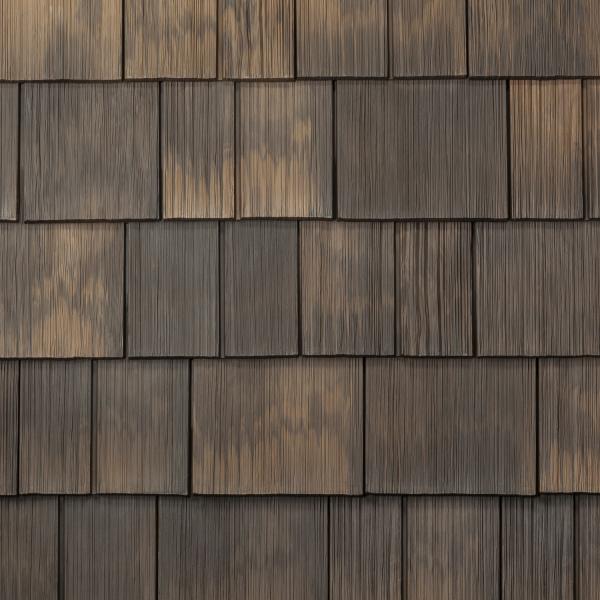
Polymer siding is designed to mimic hand-split cedar shake. Available in 8” and 10” widths, shakes can be installed at a 6” to 8” exposure, and are resistant to fading, rotting, cracking, and pests. Available in nine stone and wood inspired finishes.
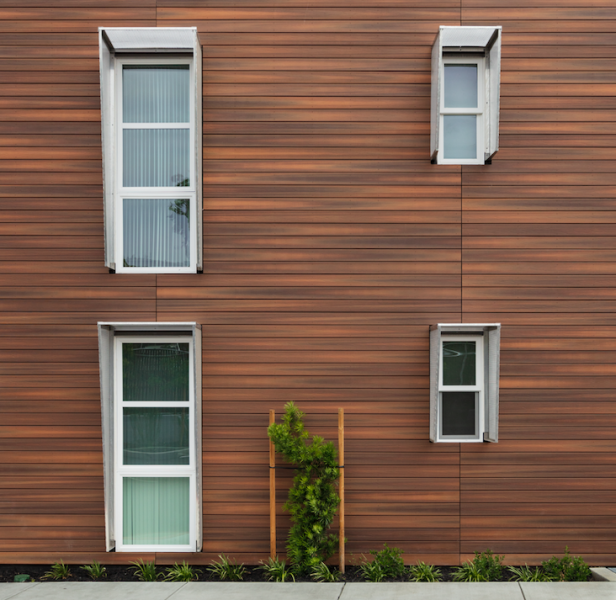
Composite cladding with rainscreen is available in both open- and closed-joint profiles, with the closed-joint profile utilizing hidden fasteners for a seamless look. Available in a variety of widths and lengths in a palette of eight multi-chromatic colors inspired by an array of hardwoods.
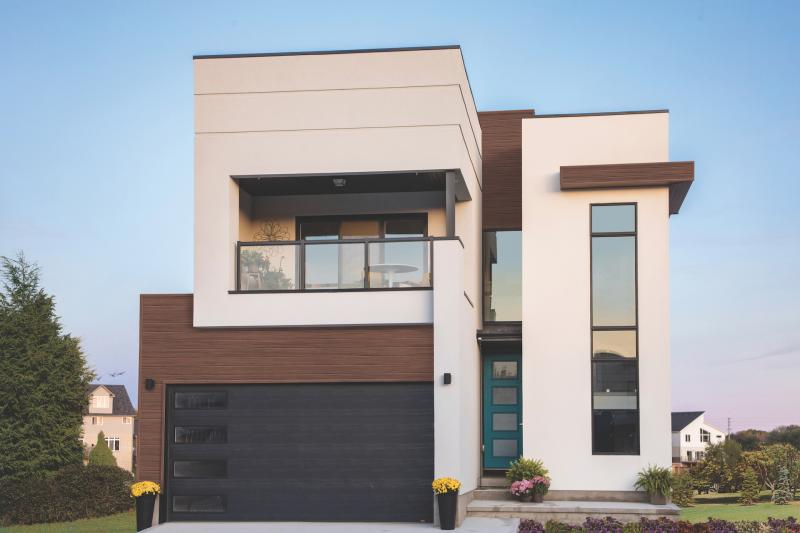
Aluminum siding is designed to mimic the look of real cedar but with moisture proof, nonflammable, and virtually maintenance free performance and durability. Siding, trim and accessories are available in matching wood grain patterns and features seamless overlapping for longer coverage.
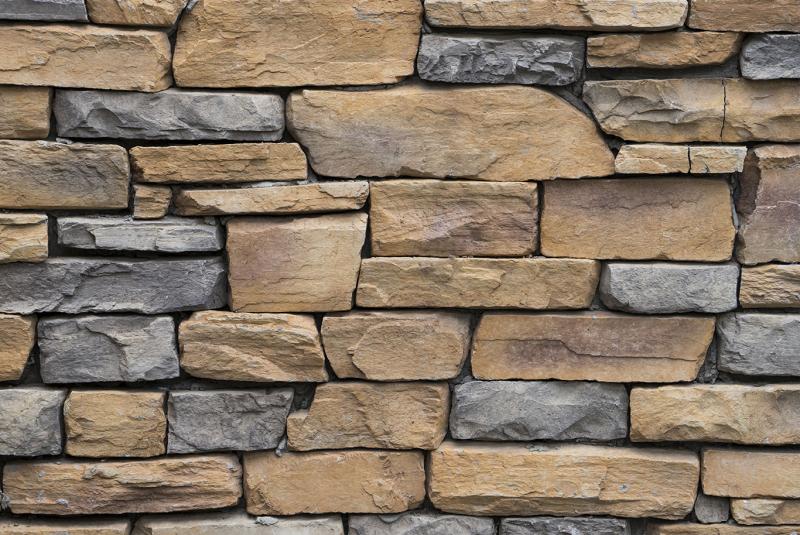
Brick and stone veneers feature rigid-foam core with fiberglass-reinforced layers surfaced with genuine source materials. Easy-to-handle, the panels measur 2 feet by 4 feet and are designed to fit together seamlessly with disguised joints and weigh only two to three pounds per square foot.
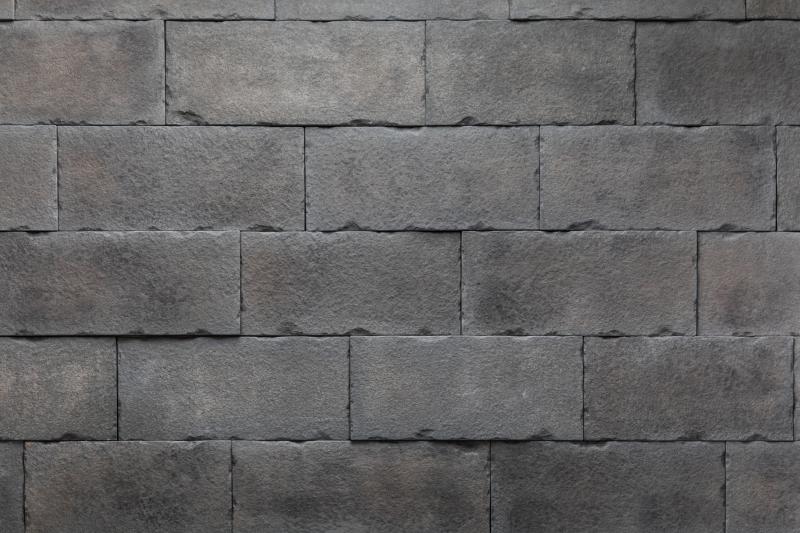
Lightweight, fiber-reinforced concrete panels have a built-in rain screen and replicate the look and feel of natural stone. Two foot square panels install with screws or nails and feature a tongue and groove system to ease spacing. Wind resistant up to 110 MPH with a Class A fire resistance rating.
